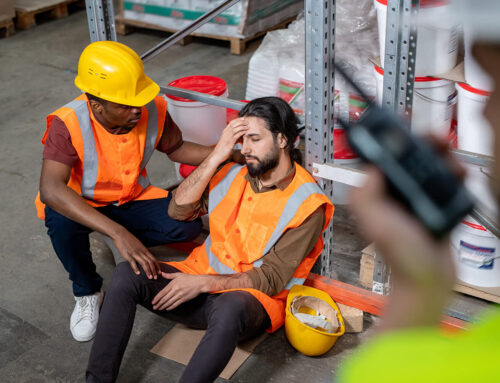In basketball in the United States, there is something called the “Final Four.” In the world of construction safety, there’s something called the “Fatal Four,” which, for construction workers, is far more important and much more serious. These four areas are responsible for 60% of all fatal construction accidents in the private sector. If these deaths were avoided, 582 construction worker lives would have been saved in 2017.
What this tells us is that the task of providing construction workers with adequate safety protections is still a work in progress and that too many workers are being failed. If you’ve been hurt (or a loved one has been killed) while working at a construction job in New York, you want answers and you need to know where to go to get those answers. Start by reaching out to a skilled New York City construction accident attorney to schedule a time to discuss your situation in detail.
So, what exactly are the “Fatal Four” in construction? They are, in order by deadliest:
- falls
- being struck by objects
- electrocutions
- workers crushed when caught in or caught between objects, including materials, equipment or a collapsing structure
Tragically, April 2019 in New York City has only reinforced the deadly nature of the Fatal Four. In early April, a worker in Brooklyn died after falling from the roof of a 13-story building and a Manhattan worker died when loose building material fell from above and slammed into his head.
Later in April, ABC 7 reported that another Manhattan worker died due to being struck by an object. G.E., from Brooklyn, was working in SoHo on a project that required the use of a crane. As workers set up the crane, the crane was lifting counterweights needed as part of the job. A part of the counterweight fell from the crane and struck him. G.E. was killed immediately.
If you are injured (or a loved one killed) in a crane accident at a construction workplace, there may be several different ways that you can sue successfully and secure compensation in court. The law requires that equipment provided for workers to use at their construction jobs must be safe. So, if, for example, you had solid evidence that the crane that injured you did so because it was not maintained properly and also had proof that the crane’s defect caused your accident, then you might possibly have a winning case.
In G.E.’s case, the reports did not indicate that the crane was defective or malfunctioned. The absence of those things does not necessarily weaken a worker’s legal case, though. G.E. was killed by a falling piece of counterweight. That is potentially a strong case, even if there was no defect with the crane. New York explicitly requires general contractors on construction jobs and site owners of construction sites to provide all workers with sufficient safety protections to safeguard them against “elevation-related” risks of harm. That could include many circumstances, from a worker thrown from a crane cab to a worker struck by a falling crane boom to a worker fatally struck a by a falling piece of crane counterweight.
In some situations, simply providing evidence that you were working at a construction job, that you were struck by a falling object and that you suffered injuries may be enough. The fact you were hurt can be enough, by itself, to show that you weren’t given sufficient protection, meaning that you have all the elements you need and are entitled to compensation.
Were you injured at your construction job? Don’t put off taking the legal action you and your family need. Reach out to the experienced New York City construction injury attorneys at Arcia & Associates. Our team has many years of experience handling a wide range of construction injury cases and helping our clients to achieve positive results.
Contact us at 718-424-2222 to find out how we can help you.











